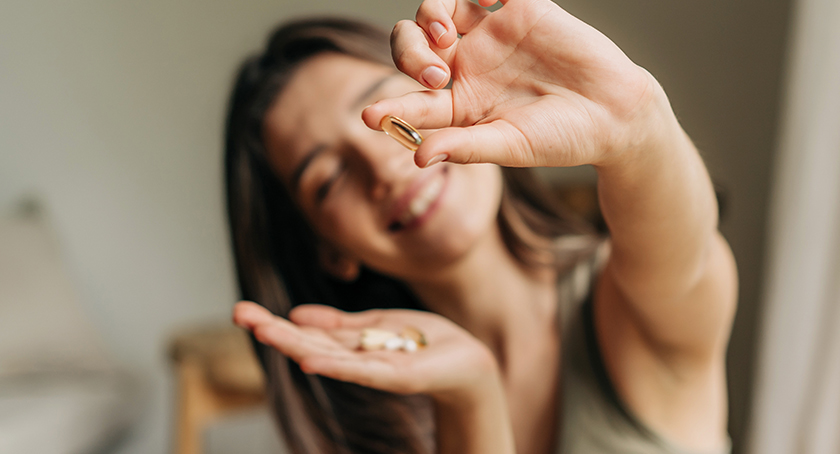Columns
Eurotrends: Traditional Herbal Medicinal Products
Opportunities abound for international herbal products to come to the European markets.
By: Joerg Gruenwald

Traditional Herbal Medicinal Products
Opportunities abound for international herbal products to come to the European markets.
By Joerg Gruenwald
Europe has always been a leader in the sales of botanical products, specifically in the segment of herbal medicines. Today they are used extensively in most of the EU countries, with the major markets including Germany, Switzerland, France and Italy. There is a host of medicinal plants that have been used for hundreds of years in an almost unbroken tradition with physicians, pharmacists and consumers, since they were first described in medieval pharmacopoeias.
In the past, it was very difficult to bring new plants from outside Europe into the European markets, specifically Chinese (Traditional Chinese Medicine) products, Ayurvedic products, or plants used in other medicinal systems in other regions of the world. One of the reasons is that often, though these plants are used in large numbers locally, they do not have the documentation required for a drug application in Europe.
About two years ago, with a recent change in legislation, a new category was established in Europe—the so-called Traditional Herbal Medicinal Product (THMP). This category permits applicants to register international herbal products in Europe, featuring pretty simple requirements, especially since the documentation for safety and efficacy can be based on tradition alone and does not require further toxicological studies or clinical trials. However, complete analytical and stability work according to drug requirements is still necessary.
This procedure is only possible if the “selfsame” plant or plant mixture has been used somewhere in Europe in reasonable amounts for at least 15 years. That usage, however, may also have been in form of dietary supplements, or in food products. In addition, besides the 27 countries of mainland Europe, there are special opportunities for plants that are being used in the so-called Départements d’outre-mer, which are regions outside of the European continent that officially belong to the European Union and may therefore serve as the basis for the documentation of usage of traditional herbal medicines. Regions such as Guadeloupe, Martinique, French Guyana and Réunion represent excellent sources for new herbal medicines to be brought to mainland Europe, particularly since the documentation of usage of plants in these regions is documentation enough for the application of drug development. Of course, the submitted plants have to be safe, and the indication of the product in question should be a mild one that can be diagnosed by the patients themselves. In other words, it cannot require a doctor’s consultation and prescription.
We perform numerous such traditional herbal plant documentations and applications for registrations, and we view the THMP category as an opportunity to bring new ideas and products to the European market, especially the main markets of Germany and France, where consumers, doctors and pharmacists are already fond of herbal medicines andeagerly looking for new plants.
Many companies in Europe, specifically in the U.K. and The Netherlands, and also exporters, specifically from the U.S. to the U.K., are suffering under new, tougher regulations, since they now have to establish a drug quality file for their herbal products if they want to register them as traditional herbal medicines. Further, the hesitation to invest large amounts of money in product development is understandable. However, companies must realize that putting together a traditional herbal product dossier and achieving a registration could potentially bring in 400 million new consumers.
There will be a major change in the herbal products industry in Europe over the next five to 10 years, where those companies that see and take the chance to register their products will be present all over Europe, while others that did not take advantage of the new system will disappear very quickly. At the moment, the number of registered traditional products is growing fast, a development that will accelerate in the next couple of years.NW


